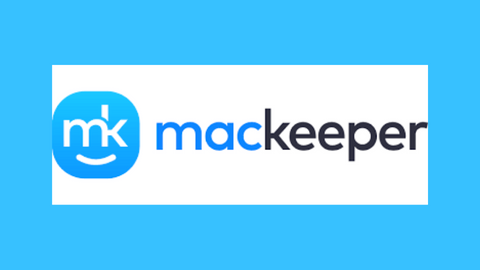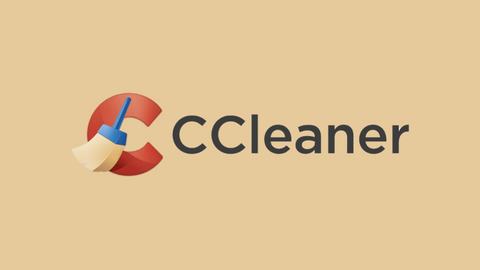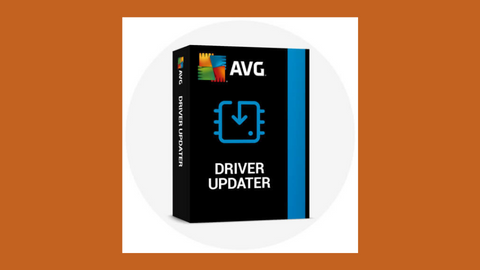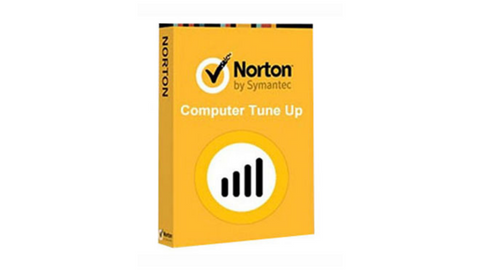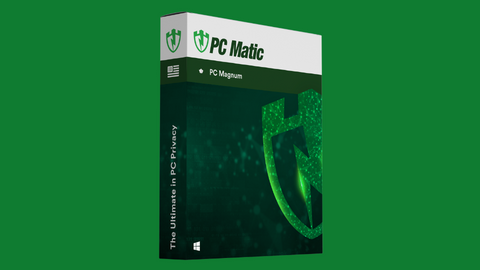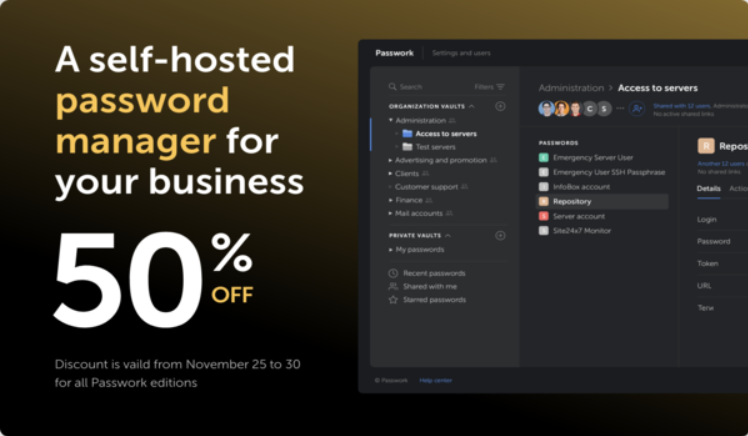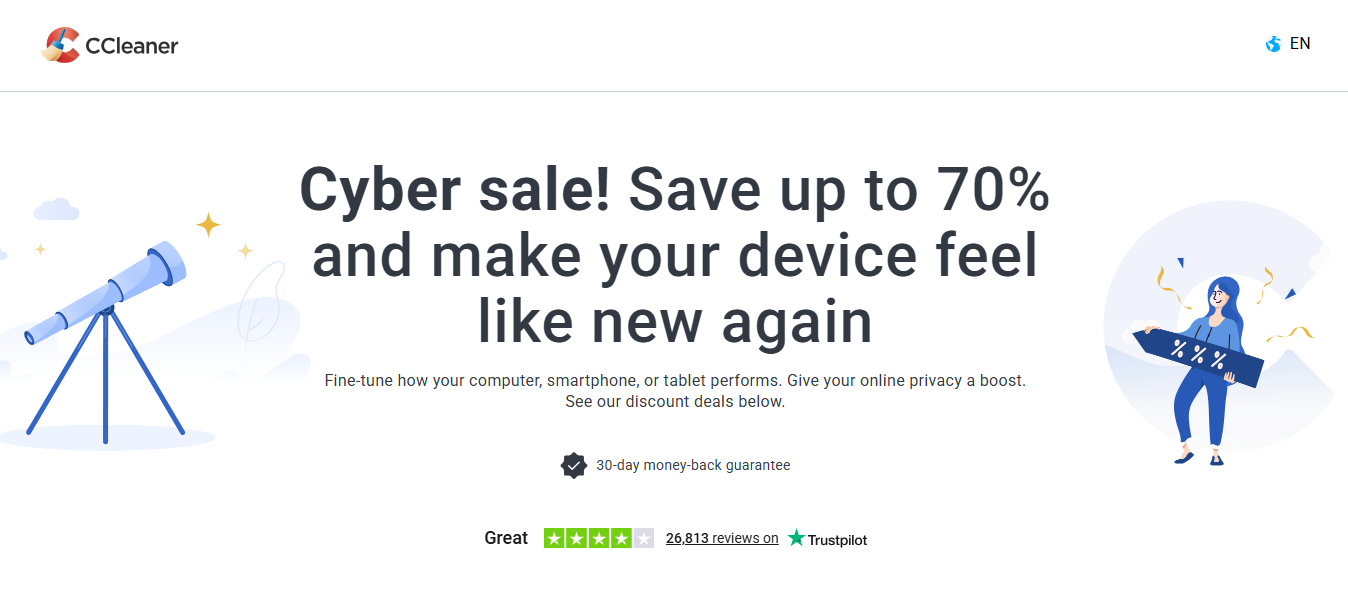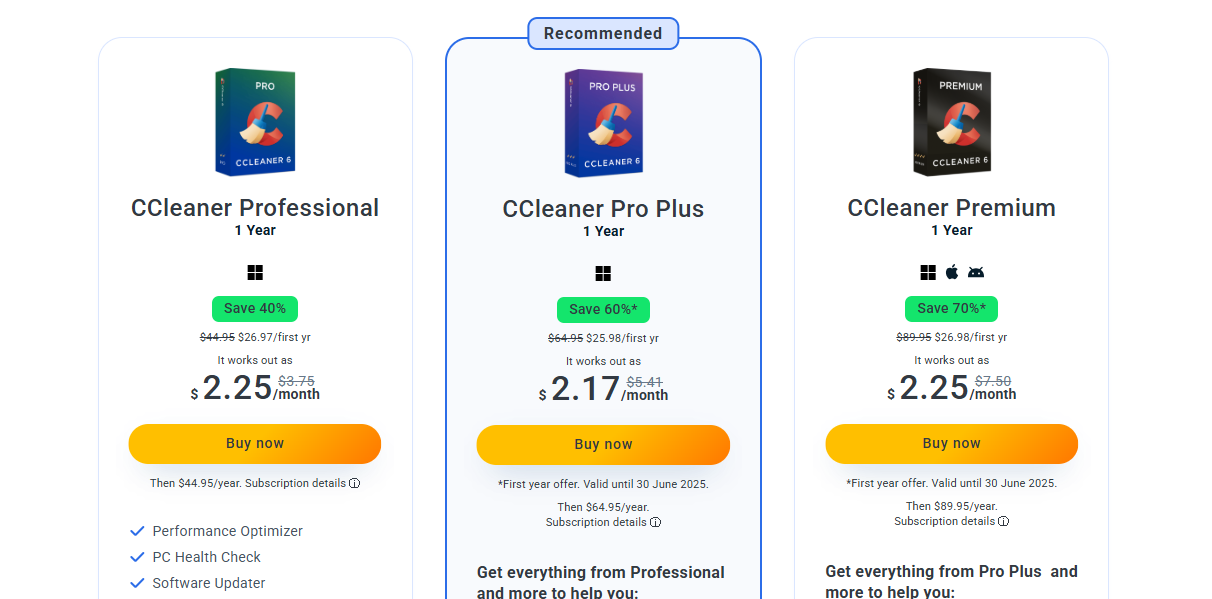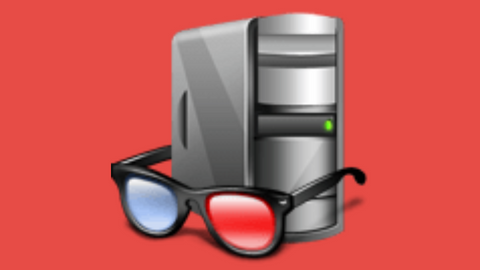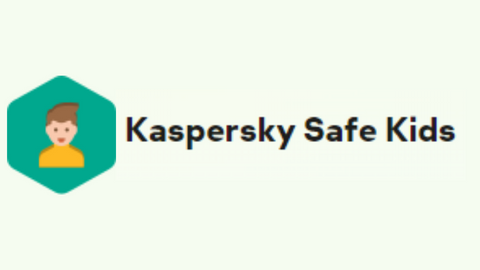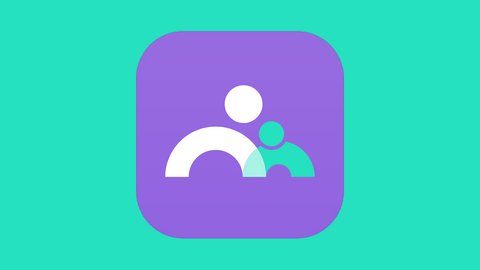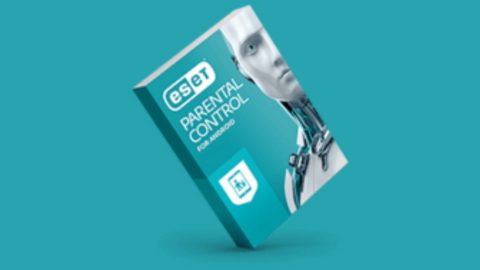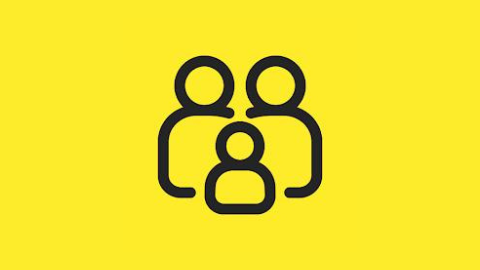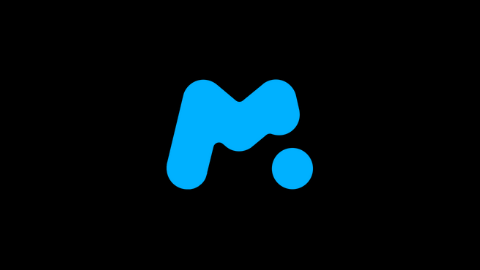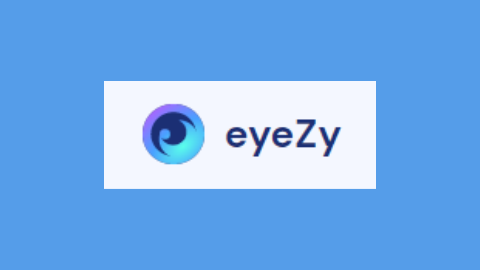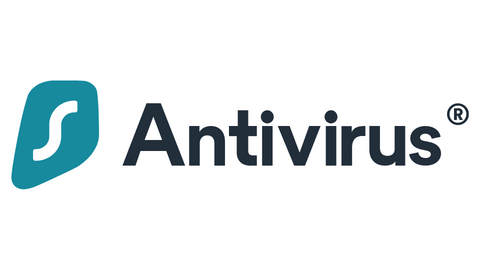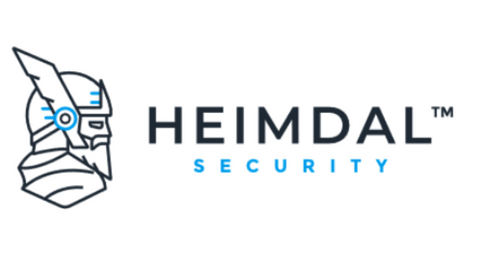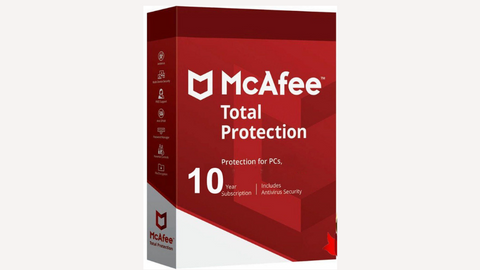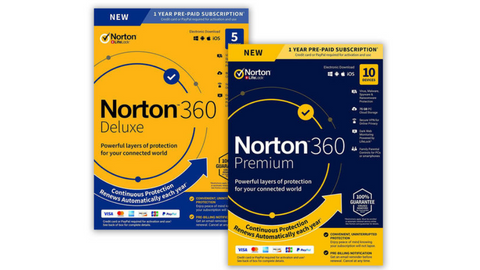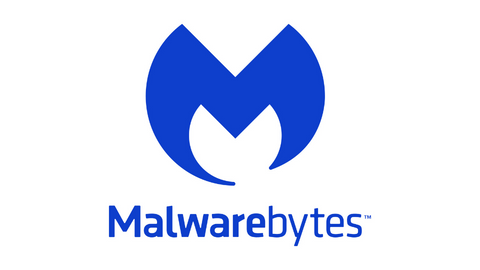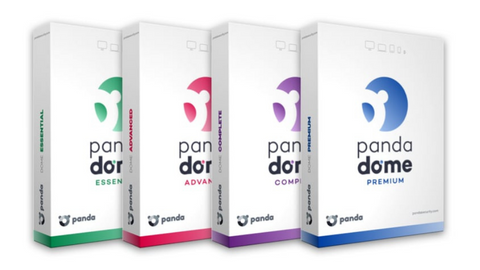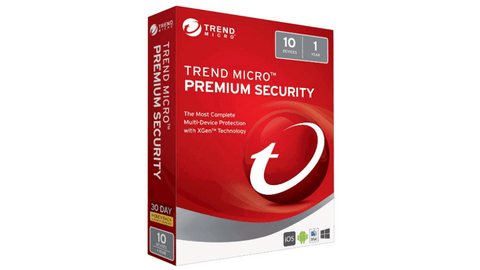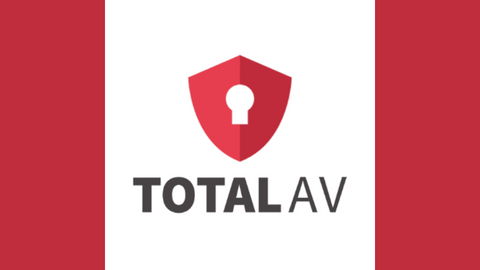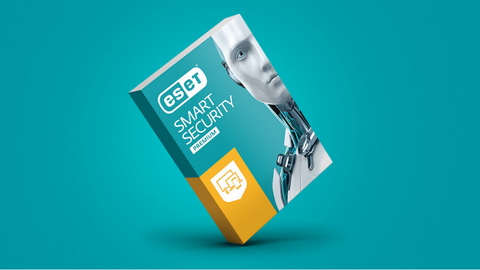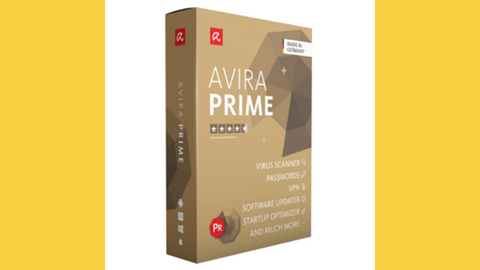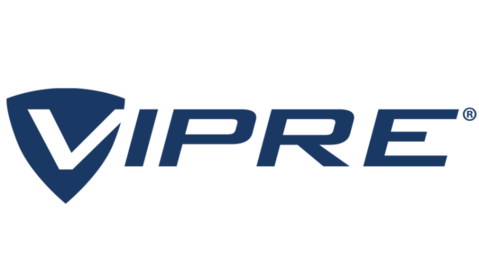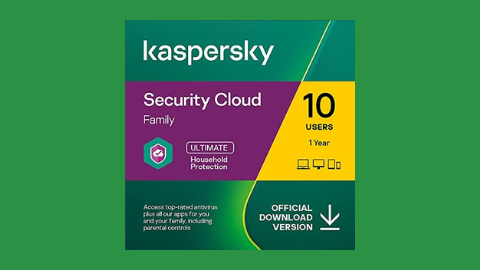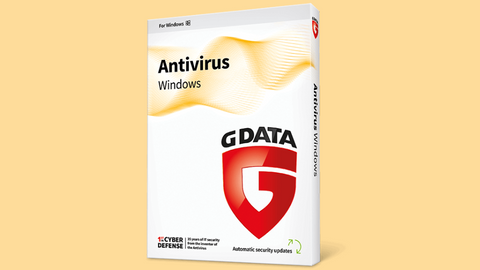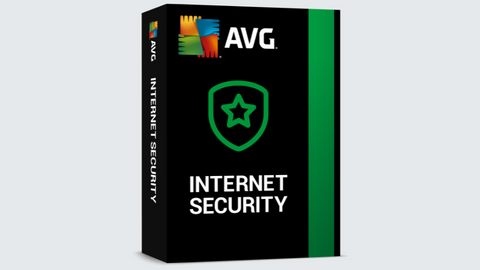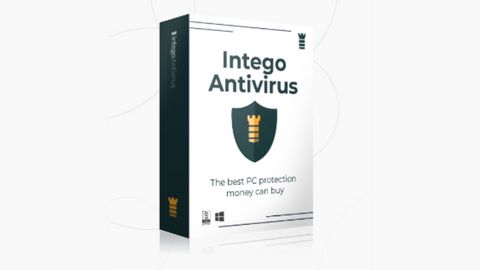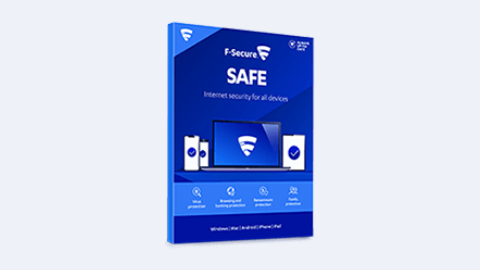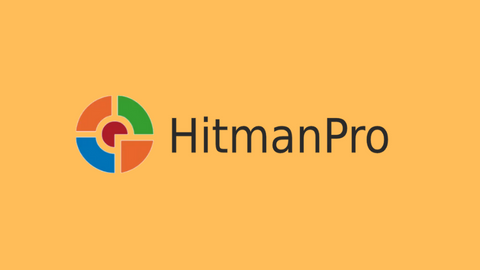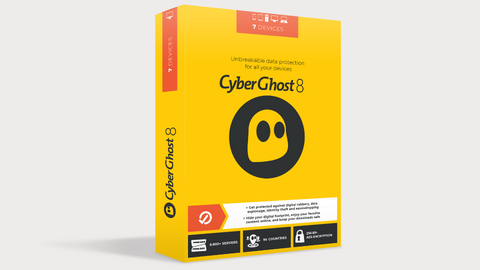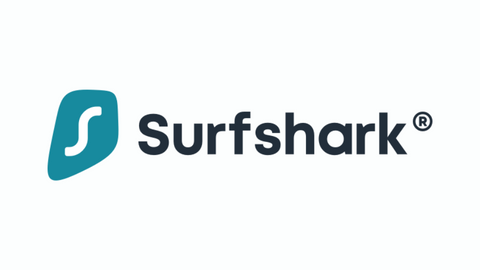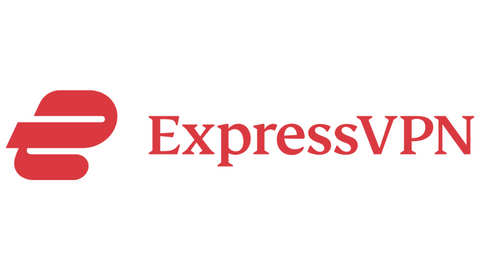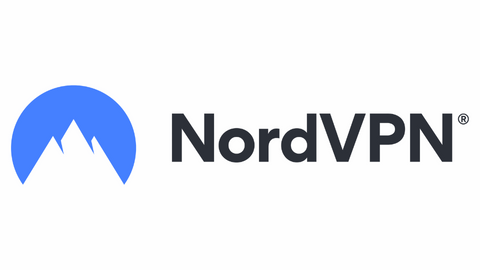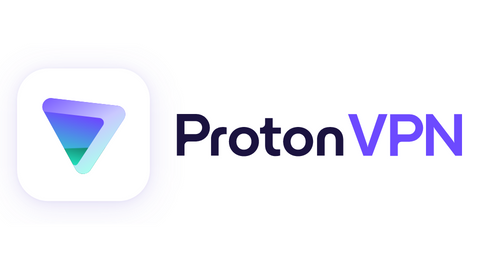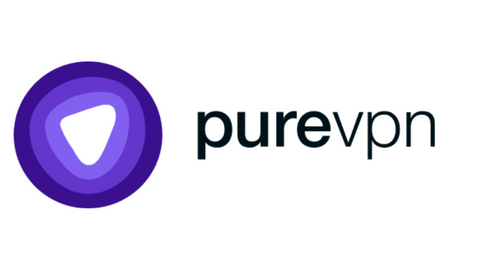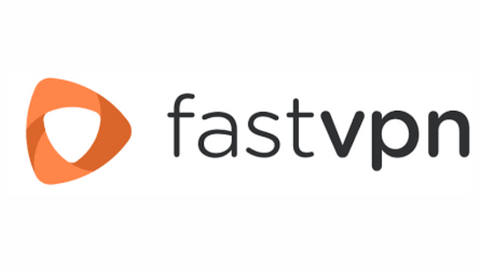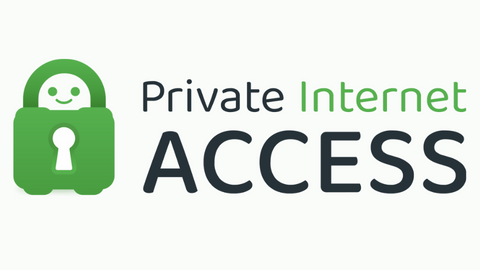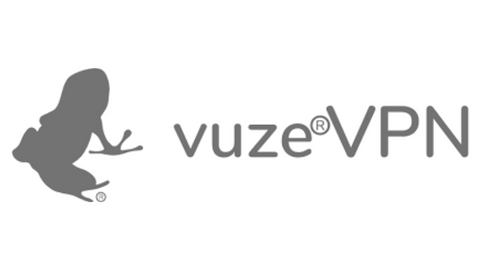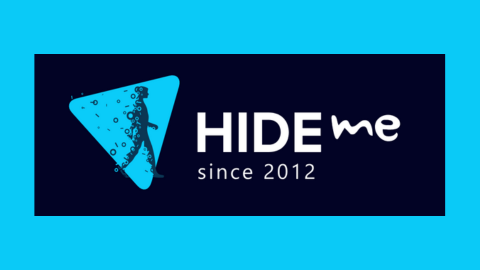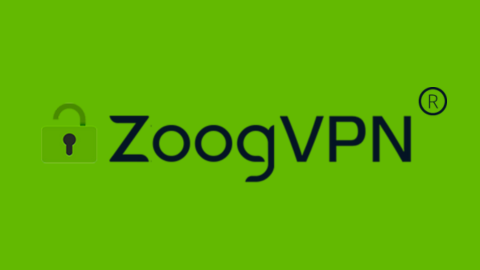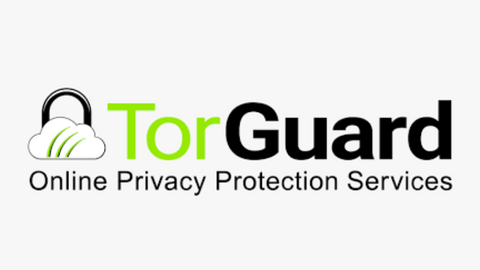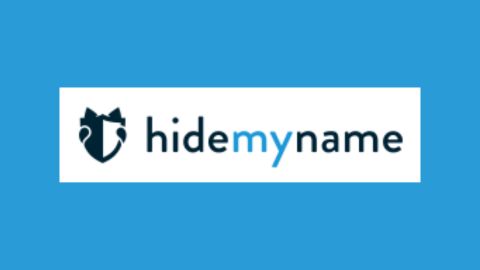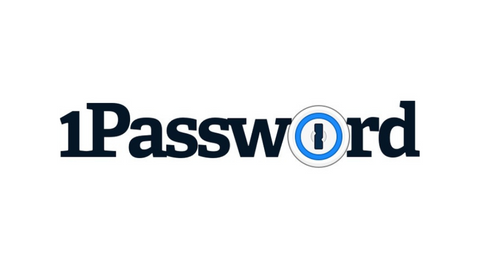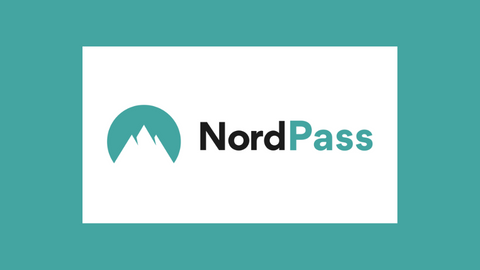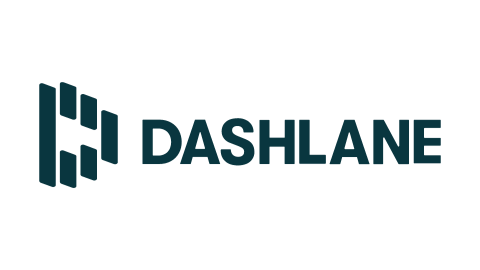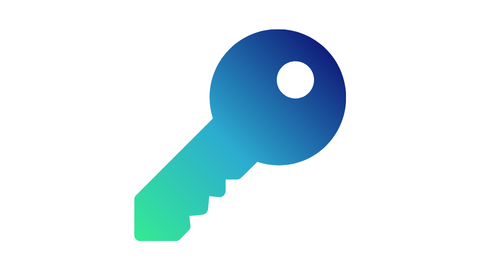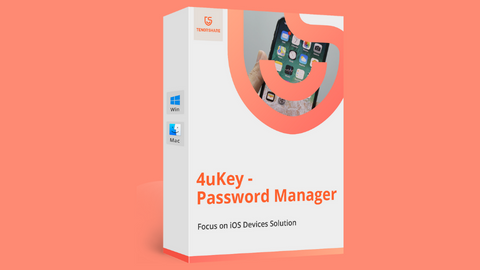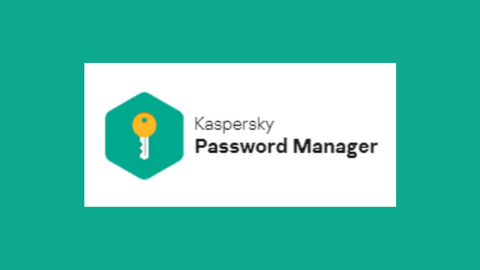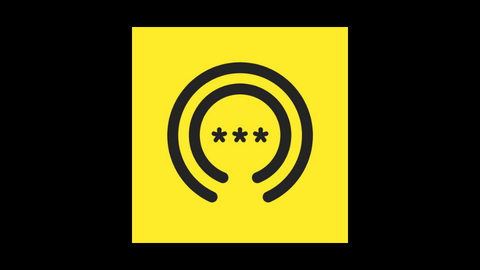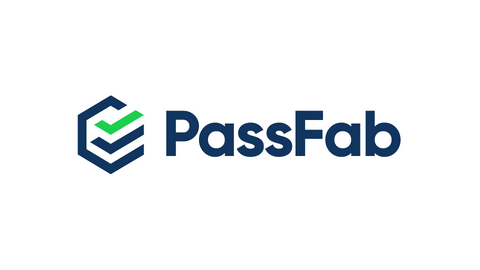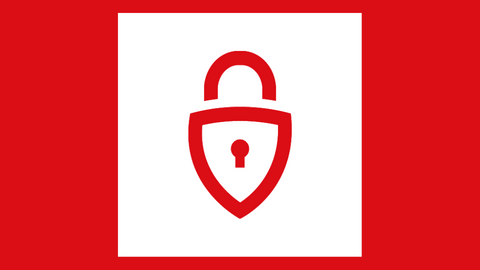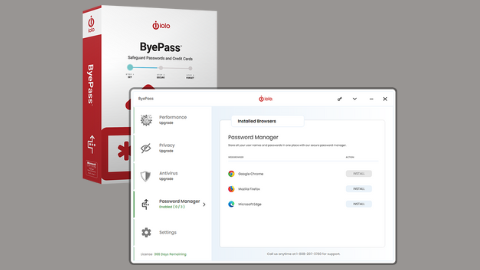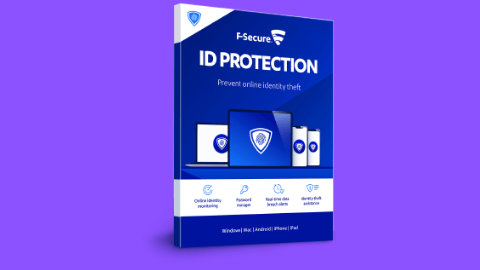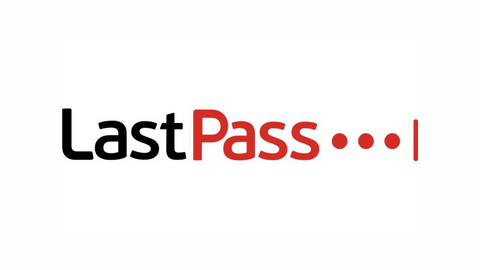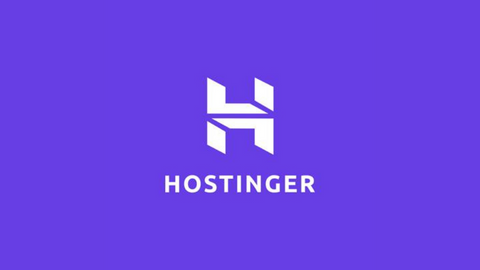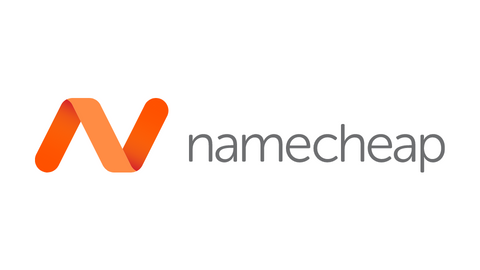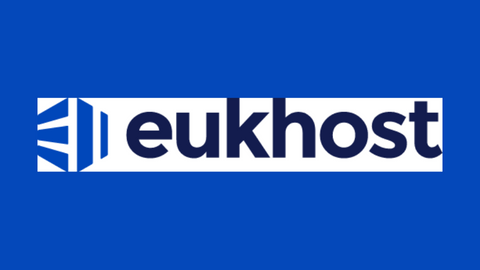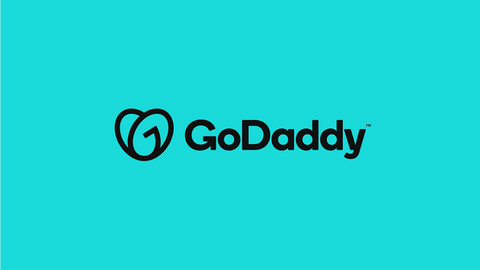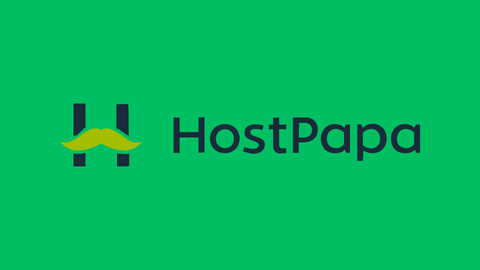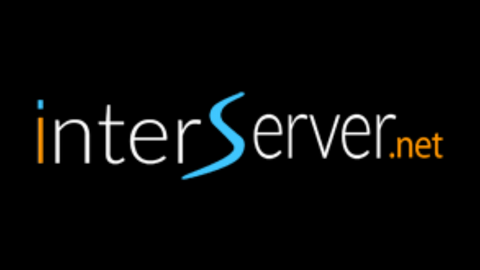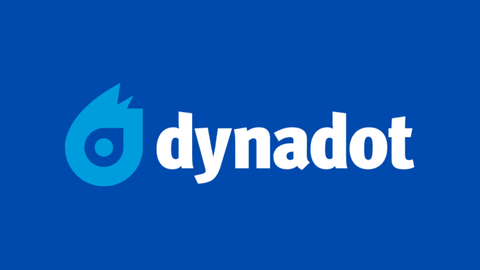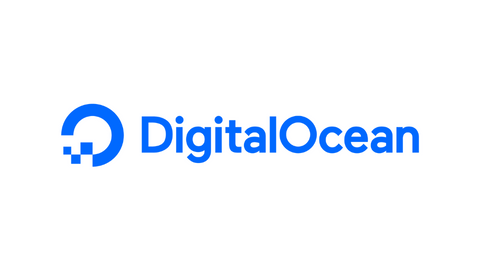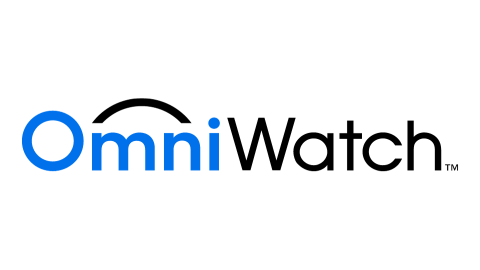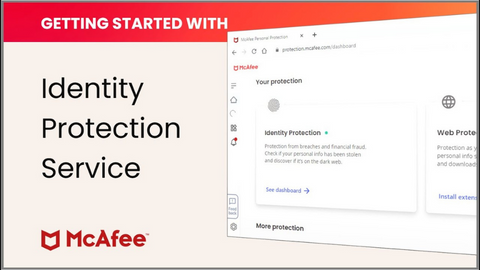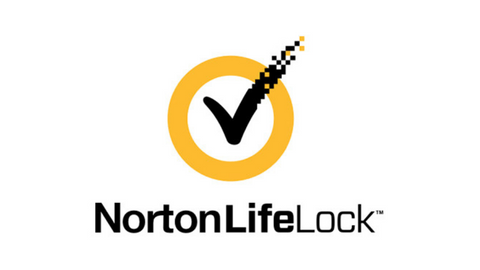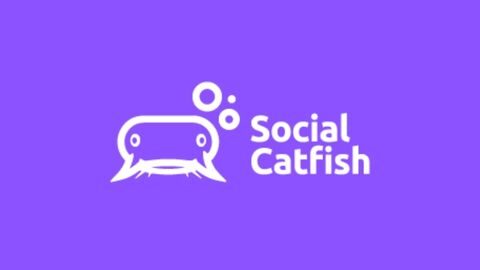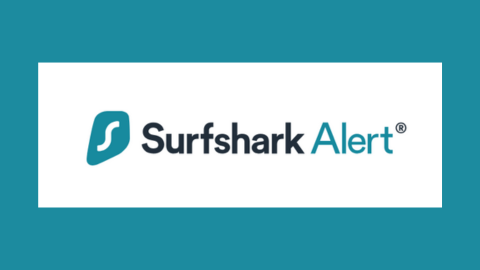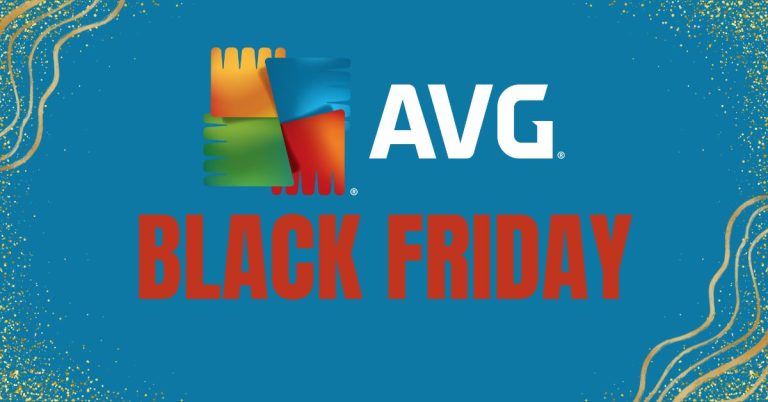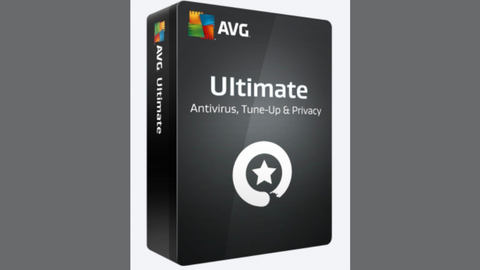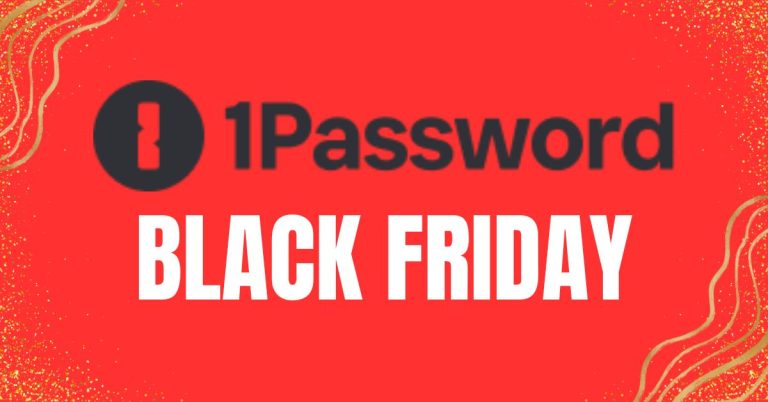Are you searching for the Best Black Friday Deals Reddit users have recommended for 2025? Look no further!
We’ve scoured the web and gathered the top picks from the Reddit community for the best discounts on cybersecurity products this Black Friday season. Dive into the world of online security with incredible price cuts of up to 99% off.
Check out the exclusive Black Friday deals below that the Reddit community has raved about. Use the Table of Contents to navigate to your preferred Black Friday cybersecurity deals.
Best Black Friday Antivirus Deals Reddit 2025
Here are the best Black Friday Antivirus deals Reddit users recommended in 2025:
Surfshark Antivirus
Surfshark Antivirus is making waves with its innovative security suite featuring dynamic machine-learning AV for top-notch device protection. Redditors are excited about the massive 89% OFF discount + 3 Months Free on Surfshark Antivirus this Black Friday. Enjoy robust protection, a user-friendly interface, and 24/7 customer support.
Surfshark AntivirusA 360-degree solution for all threat categories.
A 360-degree solution for all threat categories.
Show Less Heimdal Security
Redditors recommend Heimdal Security for its proactive approach to cybersecurity needs. Snag a 60% discount on Heimdal Premium Security this Black Friday. Heimdal Thor combines machine learning, artificial intelligence, and behavioral analysis for comprehensive protection, including a firewall, VPN, and parental controls.
Heimdal SecurityHeimdal Security protects its users from advanced malware attacks by making use of next-generation technology. Your best...
Show MoreHeimdal Security protects its users from advanced malware attacks by making use of next-generation technology. Your best intelligent threat prevention tool.
Show Less McAfee
Secure your digital space with McAfee Total Protection, a comprehensive security suite. Redditors are thrilled with the $130 OFF discount on McAfee Total Protection this Black Friday. Ideal for families, it offers parental controls and robust protection against malware and online threats.
McAfee Total ProtectionAn easy-to-use security suite for data safety and device protection.
An easy-to-use security suite for data safety and device protection.
Show Less Norton 360
Join the ranks of satisfied Redditors who recommend Norton 360. This Black Friday, enjoy a generous 78% discount on Norton 360. Norton 360 offers exceptional protection against malware and online threats, complemented by an intuitive interface and a comprehensive suite of features.
Norton 360Norton 360 is a security suite that utilizes advanced machine learning technology in dealing with all types of malware...
Show MoreNorton 360 is a security suite that utilizes advanced machine learning technology in dealing with all types of malware including Trojans, ransomware, etc. 100% guaranteed protection against all types of malware and your best bet for privacy protection.
Show Less Malwarebytes
Redditors applaud the 50% discount on Malwarebytes Premium this Black Friday. Malwarebytes Premium, an award-winning anti-malware solution, offers real-time protection against viruses, malware, ransomware, and other online threats. Plus, it boasts a user-friendly interface.
MalwarebytesYour everyday protection against malware like ransomware, spyware, viruses, and more.
Your everyday protection against malware like ransomware, spyware, viruses, and more.
Show Less Panda Dome Security Suite
Experience all-around protection with Panda Dome Security Suite, highly recommended by the Reddit community. Enjoy a 60% discount this Black Friday on a suite that includes antivirus, anti-malware, firewall, VPN, and more.
Panda Dome Security SuiteYour advanced protection suite for home and business needs.
Your advanced protection suite for home and business needs.
Show Less Trend Micro
Redditors are buzzing about the 70% discount on Trend Micro Antivirus+ Security this Black Friday. This comprehensive security suite encompasses antivirus, anti-malware, firewall, and additional protection, providing a robust defense against online threats.
Trend Micro Premium Security SuitePremium security suite for device protection and identity safety.
Premium security suite for device protection and identity safety.
Show Less READ ALSO: The Ultimate Antivirus Software Guide: What Is An Antivirus?
Total AV
Redditors familiar with the topic recommend Total AV for its powerful yet affordable security suite. Grab a whopping 75% discount this Black Friday and enjoy excellent protection against malware and other online threats.
Total AVProtects your devices and online activities in real-time.
Protects your devices and online activities in real-time.
Show Less ESET
For the utmost protection against online threats, Redditors point to ESET Smart Security Premium. Get a 50% discount this Black Friday on a premium security suite that includes antivirus, anti-malware, firewall, parental controls, and more.
ESET HOME Security PremiumESET HOME Security Premium is a fully-fledged security software with amazing features and even a password manager. Smart...
Show MoreESET HOME Security Premium is a fully-fledged security software with amazing features and even a password manager. Smart protection for Windows, Mac, and Android devices.
Show Less Avira Prime
Join the Redditor-approved league with Avira Prime Protection, a security suite featuring antivirus, anti-malware, firewall, VPN, and more. This Black Friday, enjoy a 30% discount on comprehensive protection from a trusted brand.
Avira PrimeAvira Prime is the ultimate security suite for data safety and protection from online threats that gives you full access...
Show MoreAvira Prime is the ultimate security suite for data safety and protection from online threats that gives you full access to Avira products like antivirus, Phantom VPN, software updater, system optimization tool, and a password manager.
Show Less Vipre
Redditors seeking a powerful and user-friendly security suite recommend Vipre Ultimate Security Suite. Grab a 61% OFF discount this Black Friday and fortify your digital defenses against malware and online threats.
VIPRE Advanced SecurityBest security solution for emerging threats and data safety.
Best security solution for emerging threats and data safety.
Show Less Kaspersky
Trust the Redditor-favorite Kaspersky Home Security Suite for reliable protection. Enjoy a 30% discount this Black Friday on a security suite that covers antivirus, anti-malware, firewall, VPN, and more.
Kaspersky Home Security For FamilySecure your family's digital life with Kaspersky's next-gen and high-performance security suite.
Secure your family's digital life with Kaspersky's next-gen and high-performance security suite.
Show Less G-DATA
Redditors seeking a powerful and affordable security suite recommend G-DATA Internet Security. Enjoy a 30% discount this Black Friday on a suite featuring antivirus, anti-malware, firewall, parental controls, and more.
G DATA AntivirusA proactive antivirus program against all malware types.
A proactive antivirus program against all malware types.
Show Less AVG
Secure your online experience with AVG Internet Security, which Redditors recommend for its robust protection. Enjoy a 50% discount this Black Friday on a suite featuring antivirus, anti-malware, firewall, and more.
AVG Internet SecurityYour award-winning antivirus for total security
Your award-winning antivirus for total security
Show Less Intego
Mac users on Reddit recommend Intego Mac Internet Security X9 for comprehensive protection. Snag a 50% discount this Black Friday on a suite featuring antivirus, anti-malware, firewall, VPN, and parental controls.
Intego - Mac Premium Bundle X9Total Protection for all Mac device types
Total Protection for all Mac device types
Show Less F-Secure SAFE
Redditors prioritize F-Secure SAFE for its comprehensive security suite. This Black Friday, enjoy a 40% discount on a suite featuring antivirus, anti-malware, firewall, VPN, parental controls, and a password manager.
F-Secure SAFEF-Secure SAFE is an internet security tool offered by F-Secure that provides protection for your devices against...
Show MoreF-Secure SAFE is an internet security tool offered by F-Secure that provides protection for your devices against malware, viruses, online threats, and hacking attempts.
Show Less Hitman PRO
Fight stubborn malware with HitmanPRO, a top-rated malware scanner and removal tool. Redditors recommend it, and this Black Friday, enjoy a 30% discount on a tool that provides real-time protection and a user-friendly interface.
HitmanProHitmanPro is a cloud-based anti-malware software that provides advanced scanning and removal of various types of viruses...
Show MoreHitmanPro is a cloud-based anti-malware software that provides advanced scanning and removal of various types of viruses and malware.
Show Less Best Black Friday VPN Deals 2025 Reddit
Discover exclusive discounts below to enjoy robust cybersecurity while saving significantly on these trusted VPNs.
CyberGhost VPN
Enjoy an incredible 86% discount on CyberGhost VPN’s 2-year plan, plus get 4 months free this Black Friday. Access a vast network of over 9,100 servers in 91 countries at a fraction of the regular price. CyberGhost VPN is highly regarded by Redditors for its speed, reliability, and robust security features.
CyberGhost VPNCyberGhost VPN is a VPN service provider with more than 9,000 VPN servers spread in over 90 countries. Complete privacy...
Show MoreCyberGhost VPN is a VPN service provider with more than 9,000 VPN servers spread in over 90 countries. Complete privacy protection for up to 7 devices!
Show Less Surfshark
Redditors praise Surfshark for its generous 89% discount plus 3 months free on Black Friday deals. With over 4,500 servers in more than 100 countries, Surfshark offers additional features, including an ad blocker and unlimited logins. It’s the go-to VPN for those seeking a feature-rich experience.
SurfsharkSurfshark is an award-winning VPN service for keeping your digital life secure. Surfshark VPN has servers located in...
Show MoreSurfshark is an award-winning VPN service for keeping your digital life secure. Surfshark VPN has servers located in more than 60 countries worldwide.
Show Less ExpressVPN
Secure ultra-fast speeds and global server coverage with ExpressVPN, offering 3 months free on the 12-month plan this Black Friday. Recognized for top-of-the-line performance, ExpressVPN is a Redditor favorite for those seeking the best in VPN services.
ExpressVPNA dependable VPN service that works on all devices and platforms.
A dependable VPN service that works on all devices and platforms.
Show Less NordVPN
Protect your data with NordVPN’s 70% discount on the 2-year plan this Black Friday. Known for its robust security and privacy features, NordVPN is the choice for Redditors seeking a VPN to safeguard their online activity.
NordVPNThe best VPN service for total safety and freedom.
The best VPN service for total safety and freedom.
Show Less ProtonVPN
ProtonVPN offers a 50% discount for those prioritizing privacy and security this Black Friday. Redditors recommend ProtonVPN for its commitment to ensuring a secure online experience.
ProtonVPNA swiss VPN service that goes the extra mile to balance speed with privacy protection.
A swiss VPN service that goes the extra mile to balance speed with privacy protection.
Show Less PureVPN
Gain access to one of the fastest VPNs at an 86% discount, including golden tickets and up to five months free. Redditors appreciate PureVPN’s extensive server network, military-grade data security, and other benefits at an unbeatable value.
PureVPNPureVPN is one of the best VPN service providers with presence across 150 countries in the world. An industry VPN leader...
Show MorePureVPN is one of the best VPN service providers with presence across 150 countries in the world. An industry VPN leader with more than 6,500 optimized VPN servers.
Show Less TunnelBear
TunnelBear offers a 58% discount on their VPN plans this Black Friday. Redditors commend TunnelBear for its bear-grade security and user-friendly experience, making it an excellent choice for those seeking simplicity and reliability.
TunnelBear VPNTunnelBear is a VPN service provider that provides you with privacy, security, and anonymity advantages. It has VPN...
Show MoreTunnelBear is a VPN service provider that provides you with privacy, security, and anonymity advantages. It has VPN servers in more than 46 countries worldwide.
Show Less FastVPN (Namecheap)
Namecheap presents an 87% discount on FastVPN this Black Friday, one of the highest discounts available. Redditors appreciate FastVPN’s unlimited device support, extensive coverage of 1,000 servers in over 50 countries, and high-speed connectivity at an exceptional value.
FastVPN (fka Namecheap VPN)FastVPN (fka Namecheap VPN) is a secure, ultra-reliable VPN service solution for online anonymity. A fast and affordable...
Show MoreFastVPN (fka Namecheap VPN) is a secure, ultra-reliable VPN service solution for online anonymity. A fast and affordable VPN for everyone!
Show Less Private Internet Access (PIA)
PIA presents an 83% OFF plus 4 months free discount this Black Friday. Redditors recommend PIA for its 35,000+ optimized servers in over 84 countries, providing a powerful and secure VPN experience.
Private Internet AccessPrivate Internet Access uses world-class next-gen servers for a secure and reliable VPN connection, any day, anywhere.
Private Internet Access uses world-class next-gen servers for a secure and reliable VPN connection, any day, anywhere.
Show Less VuzeVPN
VuzeVPN is offering a 50% discount this Black Friday, providing features such as a kill switch, DNS leak protection, and a strict no-logs policy. Redditors appreciate VuzeVPN for its security and reliability.
VuzeVPNVuzeVPN offers you unlimited and unrestricted VPN service.
VuzeVPN offers you unlimited and unrestricted VPN service.
Show Less HideMe VPN
HideMe VPN offers a 27-month plan at $2.09 per month this Black Friday. Redditors recommend HideMe VPN for its diverse range of servers, including options optimized for streaming and P2P-friendly connections, making it a versatile choice for VPN users.
HideMe VPNHideMe VPN is your ultimate online privacy solution, providing secure and anonymous browsing while protecting your data...
Show MoreHideMe VPN is your ultimate online privacy solution, providing secure and anonymous browsing while protecting your data from prying eyes, so you can browse the internet with confidence and freedom.
Show Less ZoogVPN
ZoogVPN offers a 76% discount plus 3 free months for their 12-month plan on Black Friday. An 80% discount plus 3 free months is also available on their 2-year plan. Redditors appreciate ZoogVPN for its budget-friendly options and various features.
ZoogVPNZoogVPN is the complete and trusted all-in-one VPN service that protects your sensitive personal and financial...
Show MoreZoogVPN is the complete and trusted all-in-one VPN service that protects your sensitive personal and financial information online.
Show Less TorGuard VPN
Secure your online presence with TorGuard VPN, offering a 50% discount and a free router on Black Friday. Redditors recommend TorGuard VPN for its over 3,000+ servers, built-in ad blocker, SOCKS5 proxy, and kill switch.
TorGuard VPNThe best VPN service for torrenting safely and anonymously.
The best VPN service for torrenting safely and anonymously.
Show Less HideMyName VPN
HideMyName VPN is offering a 50% discount on Black Friday. Redditors recommend HideMyName VPN for its over 850 servers in more than 200 countries, providing a secure and reliable VPN experience with a wide range of server locations.
HideMyName VPNProtect your online privacy and anonymity with HideMyName VPN, a secure and affordable service that offers robust...
Show MoreProtect your online privacy and anonymity with HideMyName VPN, a secure and affordable service that offers robust encryption, multiple server locations, and a variety of privacy-enhancing features.
Show Less Secure your online activities with the best Black Friday VPN Deals That Reddit users endorse for 2025. Don’t miss out on these exclusive discounts, ensuring your digital privacy is in safe hands!
Best Black Friday Password Manager Deals 2025 Reddit
Discover the Best Black Friday Password Manager Deals Reddit users recommend for 2025. Enhance your online security with exclusive discounts on top-rated password managers.
1Password
Secure your digital life with 1Password, offering a stellar 50% discount on its password management services this Black Friday. Redditors appreciate its features, such as two-factor authentication, dark web monitoring, and a reliable password generator.
1PasswordThe most secure password manager for creating and managing strong passwords and form filling.
The most secure password manager for creating and managing strong passwords and form filling.
Show Less NordPass
NordPass, brought to you by the trusted NordVPN, extends a 50% discount plus 3 free months on Black Friday. Redditors recommend NordPass for its robust features, including two-factor authentication, dark web monitoring, and a secure password generator.
NordPassNordPass password manager remembers strong passwords, auto-fills forms, and login details and gives you access to all...
Show MoreNordPass password manager remembers strong passwords, auto-fills forms, and login details and gives you access to all your passwords from any device and location.
Show Less RoboForm
Redditors are pleased with RoboForm’s longstanding reputation, and this Black Friday, it’s available at a 35% discount. RoboForm offers features like two-factor authentication, form filling, and a reliable password generator.
RoboformRoboForm is a password manager that memorizes passwords and form data
RoboForm is a password manager that memorizes passwords and form data
Show Less Dashlane
Dashlane, a premium password manager, is available at a 50% discount this Black Friday. Redditors appreciate Dashlane’s advanced features, including dark web monitoring, identity theft protection, and even a VPN for enhanced security.
DashlaneDashlane is your all-in-one password manager and digital wallet that keeps your passwords, payments, and personal...
Show MoreDashlane is your all-in-one password manager and digital wallet that keeps your passwords, payments, and personal information safe and secure.
Show Less Panda Dome Passwords
Secure your passwords with Panda Dome Passwords, offering a 60% discount from the cybersecurity experts at Panda Security. Redditors recommend it for features like two-factor authentication, password synchronization, and a convenient password generator.
Panda Dome PasswordsPanda Dome Passwords is a password management software by Panda Security that helps users securely store and manage...
Show MorePanda Dome Passwords is a password management software by Panda Security that helps users securely store and manage their login credentials and personal information.
Show Less Tenorshare 4uKey
For iOS users seeking password security, Tenorshare 4uKey is the solution. This Black Friday, it’s available at an 80% discount. Redditors find it invaluable for recovering lost passwords and ensuring iOS device security.
Tenorshare 4uKeyThe best iPhone password manager for managing, importing/exporting, transporting passwords, and more.
The best iPhone password manager for managing, importing/exporting, transporting passwords, and more.
Show Less Kaspersky Password Manager
Kaspersky Password Manager, from the renowned antivirus software company, offers a 50% discount this Black Friday. Redditors trust Kaspersky for its features, including two-factor authentication, password synchronization, and a reliable password generator.
Kaspersky Password ManagerA convenient, secure, and efficient way to keep your passwords and documents secure.
A convenient, secure, and efficient way to keep your passwords and documents secure.
Show Less Norton Password Manager
Safeguard your passwords with Norton Password Manager, offering a 78% discount from Norton LifeLock. Redditors appreciate its comprehensive features, including two-factor authentication, dark web monitoring, and a secure password generator.
Norton Password ManagerNorton Password Manager is a password management software that helps users securely store and manage their login...
Show MoreNorton Password Manager is a password management software that helps users securely store and manage their login credentials and personal information.
Show Less PassFab 4WinKey
Windows users can manage their passwords securely with PassFab 4WinKey, available at a 50% discount this Black Friday. Redditors find it useful for recovering lost passwords and ensuring Windows device security.
PassFab 4WinKeyThe most reliable tool to disable or reset Windows OS passwords.
The most reliable tool to disable or reset Windows OS passwords.
Show Less Avira Password Manager
Avira Password Manager, from the popular antivirus software company, offers a 43% discount this Black Friday. Redditors recommend Avira for its features, including two-factor authentication, password synchronization, and a reliable password generator.
Avira Password ManagerAvira Password Manager is a password management tool that securely stores and automatically fills in login credentials...
Show MoreAvira Password Manager is a password management tool that securely stores and automatically fills in login credentials for multiple accounts, and includes features such as password generation and syncing across devices.
Show Less IOLO ByePass
Recover lost passwords on Windows devices with IOLO ByePass, offering a 30% discount this Black Friday. Redditors find it a valuable tool for regaining access to accounts and ensuring secure password management.
IOLO ByePassThis Password manager safeguards your passwords and financial info from online threats.
This Password manager safeguards your passwords and financial info from online threats.
Show Less F-Secure ID PROTECTION
F-Secure ID PROTECTION, available at up to 53% off, offers a comprehensive solution for password management. Redditors appreciate its features, including two-factor authentication, dark web monitoring, and a reliable password generator.
F-Secure ID PROTECTIONF-Secure ID PROTECTION is a password manager software offered by F-Secure that allows users to store and manage their...
Show MoreF-Secure ID PROTECTION is a password manager software offered by F-Secure that allows users to store and manage their passwords, credit card information, and other sensitive data.
Show Less LastPass
LastPass, a popular password management tool, is offering a 30% discount this Black Friday. Redditors recommend LastPass for its well-rounded features, including two-factor authentication, dark web monitoring, and a reliable password generator.
LastPassLastPass is a password management software that helps users securely store, manage and automatically fill in their login...
Show MoreLastPass is a password management software that helps users securely store, manage and automatically fill in their login credentials and personal information across multiple devices.
Show Less Secure your passwords with these Top Black Friday Password Manager Deals, as recommended by Reddit users for 2025. Don’t miss out on these exclusive discounts and ensure your digital identity remains protected!
Best Black Friday Web Hosting Deals 2025 Reddit
Explore the top Black Friday web hosting deals for 2025, as recommended by the Reddit community. Secure excellent discounts and enjoy reliable hosting services for your website.
Hostinger
Hostinger, a reputable web hosting provider, offers exclusive Black Friday deals. Take advantage of discounts of up to 85% on web hosting. Select plans include a free domain, SSL certificate, website builder, CMS installation, and website migration.
HostingerYour all-in-one hosting solution for managing a website. Hostinger is a web hosting company that provides affordable...
Show MoreYour all-in-one hosting solution for managing a website. Hostinger is a web hosting company that provides affordable shared hosting, VPS hosting, and cloud hosting services, along with a range of other website-related services.
Show Less Namecheap
Namecheap is known for its competitive pricing and outstanding customer support, and offers impressive Black Friday discounts. Enjoy up to 99% off on domain names (.com, .net, .org), up to 80% off on hosting and email services, and discounts of up to 95% on web security products.
NamecheapProvides the web hosting you need to put your ideas online. Namecheap is a web hosting company that offers a range of...
Show MoreProvides the web hosting you need to put your ideas online. Namecheap is a web hosting company that offers a range of hosting services, including shared hosting, VPS hosting, and dedicated servers, as well as domain name registration services.
Show Less eUKHost
eUKHost, a UK-based hosting provider, offers a 50% discount on its web hosting services. Additionally, benefit from a free domain transfer and enjoy unlimited bandwidth.
eUKhosteUKhost is a web hosting company that provides a variety of hosting services, including shared hosting, VPS hosting, and...
Show MoreeUKhost is a web hosting company that provides a variety of hosting services, including shared hosting, VPS hosting, and dedicated servers.
Show Less GoDaddy
As one of the largest web hosting providers globally, GoDaddy provides substantial Black Friday discounts. Save up to 80% on web hosting, up to 99% off on domain names, and discounts of up to 74% on other products.
GoDaddyGoDaddy is a web hosting company that offers a range of hosting services including shared hosting, VPS hosting, and...
Show MoreGoDaddy is a web hosting company that offers a range of hosting services including shared hosting, VPS hosting, and dedicated servers, as well as domain name registration, website builders and other website-related services.
Show Less HostPapa
HostPapa, a Canadian-based hosting provider, offers generous Black Friday discounts. Get up to 90% off on web hosting, up to 35% off VPS hosting, and up to 91% off on optimized WordPress hosting.
HostPapaHostPapa is a web hosting company that provides website hosting services and domain registration to individuals and...
Show MoreHostPapa is a web hosting company that provides website hosting services and domain registration to individuals and businesses.
Show Less Interserver Hosting
Interserver Hosting, a US-based provider, offers up to 65% off on web hosting. Benefit from their affordable prices, reliable performance, and excellent customer support.
Interserver HostingAn all-inclusive web hosting service that provides everything you need to host your website.
An all-inclusive web hosting service that provides everything you need to host your website.
Show Less Dynadot
Dynadot, a leading domain registrar and hosting provider, presents impressive Black Friday deals. Enjoy up to 98% discounts on domain names (.com, .net, .org, and more).
DynadotDynadot is a domain name registrar that provides domain registration, website hosting, and website builder services.
Dynadot is a domain name registrar that provides domain registration, website hosting, and website builder services.
Show Less DigitalOcean
DigitalOcean, a renowned cloud computing platform, offers a free $200 credit. Known for its developer-focused approach and affordable pricing, DigitalOcean offers a range of cloud-based services.
Digital OceanDigitalOcean is a web hosting company that provides simple and affordable cloud-based infrastructure for developers and...
Show MoreDigitalOcean is a web hosting company that provides simple and affordable cloud-based infrastructure for developers and businesses, including virtual private servers (VPS) and other hosting solutions, as well as developer-friendly tools and resources.
Show Less Don’t miss out on these Best Black Friday Web Hosting Deals Reddit users recommend for 2025. Secure your hosting at unbeatable prices and ensure a reliable online presence for your website.
Best Black Friday Identity Protection Deals 2025 Reddit
Safeguard your personal information with the top Black Friday identity protection deals for 2025, as recommended by Reddit users.
Ensure your online privacy with exclusive discounts from leading identity protection services.
Incogni
Incogni offers a substantial 55% discount on their Black Friday deal. This service specializes in removing your personal information from data broker platforms, providing enhanced privacy. Uncover the benefits of identity protection in this OmniWatch review, a tool that eliminates your personal information from the dark web and data broker websites.
IncogniIncogni wipes off your personal information from data brokers.
Incogni wipes off your personal information from data brokers.
Show Less OmniWatch
OmniWatch, a comprehensive privacy protection service, offers a 30-day free trial on its Black Friday deal. This service covers identity monitoring, privacy education, and data broker removal to keep your personal information secure.
OmniWatchSafeguard your identity with OmniWatch, the comprehensive identity theft protection service that provides proactive...
Show MoreSafeguard your identity with OmniWatch, the comprehensive identity theft protection service that provides proactive monitoring, dark web surveillance, and expert assistance in case of a breach.
Show Less DeleteMe
Secure your privacy with DeleteMe, a service that erases personal data from data brokers’ databases. Enjoy a discount of up to 40% on their Black Friday deal.
DeleteMeDeleteMe is a service provided by Abine that helps users remove their personal information from data brokers and other...
Show MoreDeleteMe is a service provided by Abine that helps users remove their personal information from data brokers and other websites to protect their privacy online.
Show Less McAfee Identity Protection
McAfee Identity Protection offers savings of up to $110 on their identity protection services during Black Friday. Safeguard your personal information from potential identity theft with their comprehensive solutions.
McAfee Identity ProtectionTotal protection from identity theft and financial crimes.
Total protection from identity theft and financial crimes.
Show Less Norton LifeLock Identity Advisor
Norton LifeLock Identity Advisor joins the Black Friday deals with a discount of up to 50%. Protect your personal information from identity theft with their reliable identity protection services.
Norton LifeLock Identity AdvisorYour best solution to protect your personal information from data leaks.
Your best solution to protect your personal information from data leaks.
Show Less Social Catfish
Social Catfish, a trusted social media investigation service, offers a discount of up to 50%. Detect and identify fake profiles, catfishing attempts, and online scams with their specialized services.
Social CatfishSocial Catfish is an online service that helps individuals verify and investigate the identity of people they meet...
Show MoreSocial Catfish is an online service that helps individuals verify and investigate the identity of people they meet online, including potential scammers and catfishers.
Show Less Surfshark Alert
Surfshark Alert, a dark web monitoring service, provides a robust solution to protect your personal information from being leaked or sold online. Avail a discount of up to 83% plus 4 months free during their Black Friday deal.
Surfshark AlertSurfshark Alert is a real-time data breach protection tool that safeguards your email accounts, passwords, personal...
Show MoreSurfshark Alert is a real-time data breach protection tool that safeguards your email accounts, passwords, personal identification numbers, and credit cards from cyber-attacks.
Show Less Don’t miss out on these recommended Best Black Friday Identity Protection Deals Reddit users share for 2025. Secure your identity and online presence with these exclusive discounts.
Tips For Shopping Online During Black Friday
Here are some tips for shopping online during Black Friday:
- Only shop from reputable retailers. Do your research before you make a purchase. Ensure the website has a good reputation and is secure. Look for a padlock icon in the address bar and make sure the website address starts with “https://”.
- Be careful about clicking on links. Only click on links from trusted sources. If you receive an email or social media message with a link, hover over it to view the URL before clicking on it. If the URL looks suspicious, don’t click on it.
- Use strong passwords. Create strong passwords for all of your online accounts. Use a combination of upper and lowercase letters, numbers, and symbols. Avoid using the same password for multiple accounts.
- Be careful about sharing your personal information. Don’t share your personal information, such as your credit card number or Social Security number, with anyone you don’t trust. Be especially careful about sharing this information online.
- Be aware of phishing scams. Phishing scams are emails or websites that attempt to trick you into disclosing your personal information. These scams often appear to be from legitimate companies, such as your bank or credit card company. Be cautious of any email or website that requests your personal information.
- Use a secure payment method. Use a secure payment method, such as a credit card or PayPal, when you shop online. Make sure the website uses encryption to protect your information.
- Keep your software up to date. Ensure your operating system, web browser, and other software are up to date. This will help to protect you from the latest security threats.
- Be careful about using public Wi-Fi. Avoid using public Wi-Fi to make online purchases or access your online accounts. Public Wi-Fi is not secure and can be easily hacked.
By following these tips, you can help to stay safe online during Black Friday and protect yourself from cybercrime.
ACT NOW AND TAKE ACTION!
Explore the best Black Friday Deals That Reddit has recommended for 2025 to strengthen your cybersecurity defenses.
Don’t miss out on these exclusive discounts, and stay secure in the digital realm!
INTERESTING DEALS


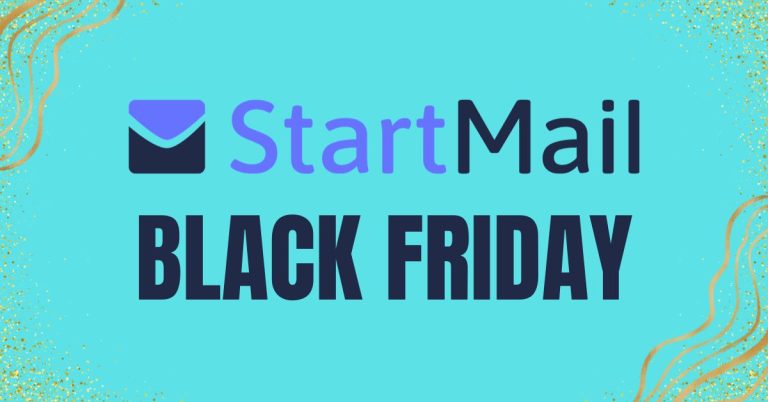
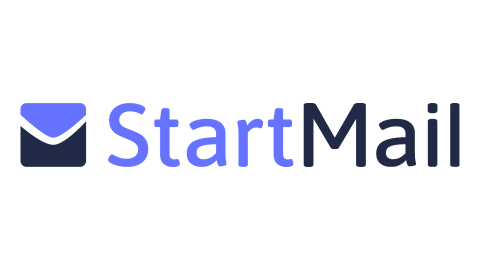

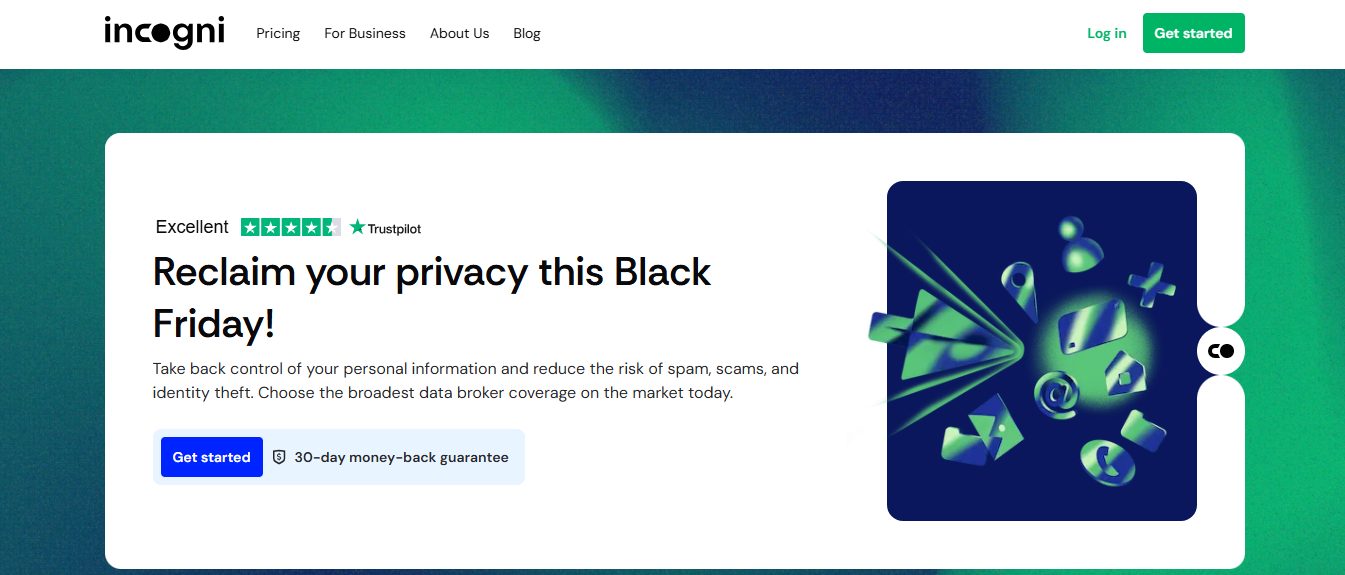
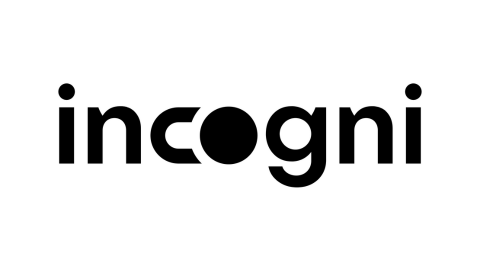
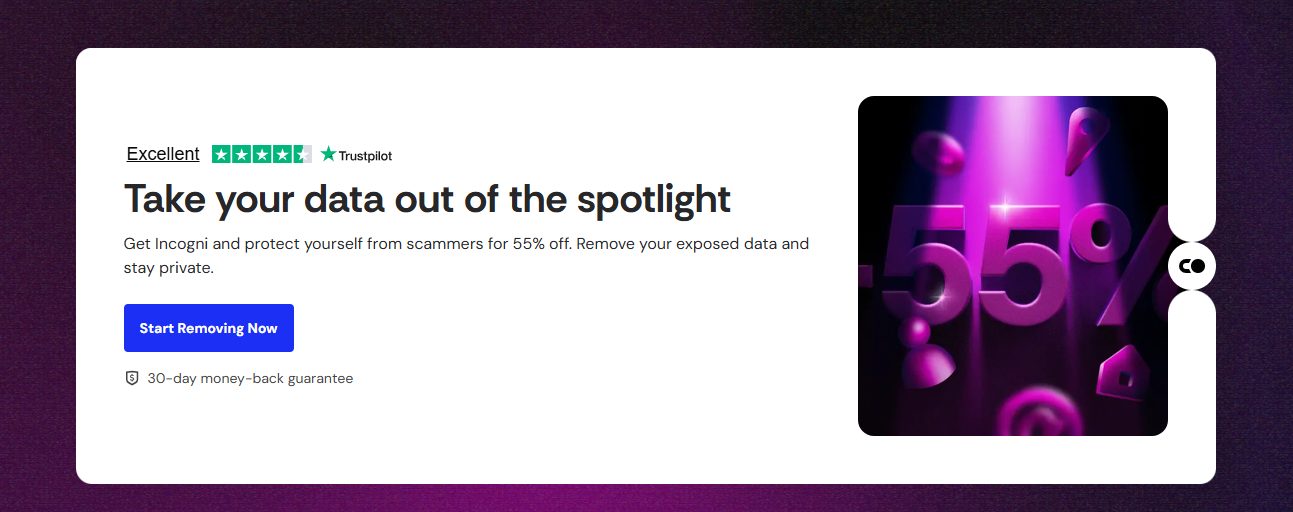
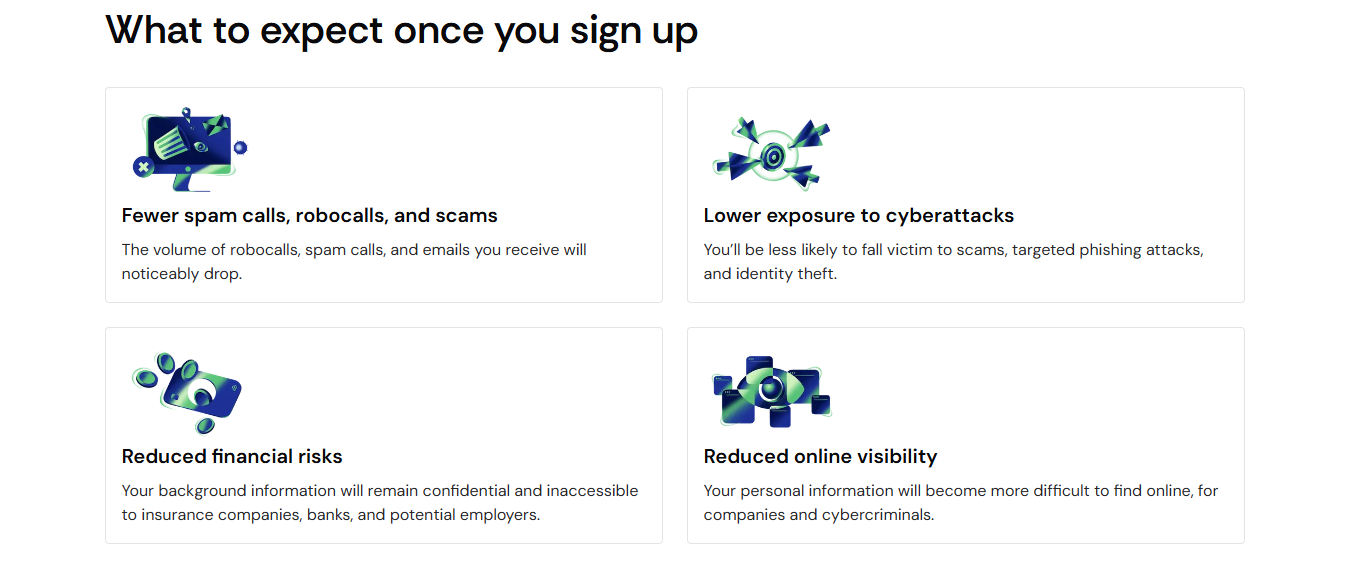
![Best Black Friday System Optimization Deals 2025 [LIVE Offers] Best Black Friday System Optimization Deals 2025 [LIVE Offers]](https://secureblitz.com/wp-content/uploads/2023/11/Best-Black-Friday-System-Optimization-Deals-2023-768x402.jpg)



